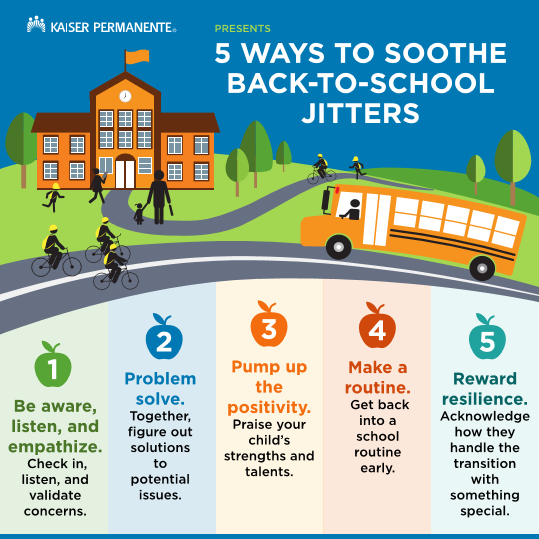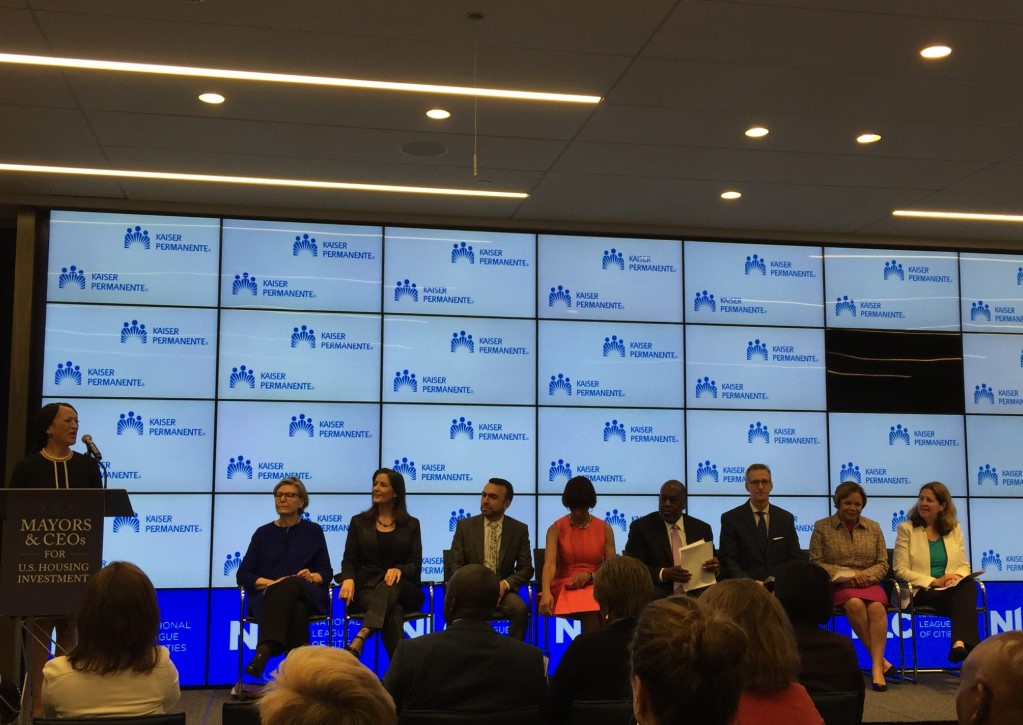
This month, the American Heart Association published a policy statement in the American Journal of Public Health recommending that federal, state, and local decision-makers support and expand opportunities for physical activity through shared use of school facilities and playgrounds. For example, a youth soccer league with an evening practice schedule could arrange to use the facilities of a nearby school when the grounds would be otherwise unoccupied. According to the authors, opening up school recreational facilities to neighboring communities could help improve the health of Americans by providing increased opportunities for physical activity, particularly for neighborhoods that lack easy access to public parks or other facilities.
Deborah Rohm Young, PhD, a research scientist studying physical activity interventions with the Kaiser Permanente Department of Research & Evaluation, is the lead author of the policy statement and a member of American Heart Association’s Council on Lifestyle and Cardiometabolic Health. We caught up with her to discuss the statement and find out what she and the other subcommittee members learned about the benefits and challenges of increasing shared use of school facilities.
Why did you decide to study this topic?
Most Americans are not sufficiently physically active, even though regular physical activity improves health and reduces risk of many chronic diseases such as coronary heart disease, stroke, hypertension, obesity, and some types of cancers. Facilities like parks, gyms and recreational centers are provided by local governments as a great way for community members to stay active. Many rural, non-white, and lower-income communities, however, do not have the density of community recreational facilities as higher-income neighborhoods. In addition, privately owned facilities such as health clubs typically require memberships or fees that limit the accessibility for lower-income populations. Therefore, we believe that it is important to have convenient access to affordable physical activity spaces within all communities.
Why focus on schools as a way to increase physical activity?
We’ve decided to focus on public schools because they are in so many communities, and they are important centers for physical activity. Public schools have an estimated 6.6 billion square feet of indoor space and more than 1 million acres of land. They also often have spaces, including ball fields, courts, gymnasiums, and playgrounds that can be used by the broader community. The School Health Policies and Programs Study, conducted in 2000 and 2006, found that virtually all schools reported at least one outdoor physical activity facility. In addition, several studies have found that opening school grounds to neighboring communities results in increased physical activity for those living nearby.
We’ve found that there are many benefits to schools sharing recreational facilities with their local communities including increased opportunities for physical activity and creating community good will. However, as of 2010, only eight states require schools facilities be made available for community use.
What are some of the challenges of opening up school facilities to communities?
Funding is always a challenge as there are expenses associated with keeping facilities open more often, including maintenance fees, staff compensation, and lighting and other utilities. Communities also have to address liabilities in case someone is injured while participating in recreational or sport activities while on school property. Sharing space could also be a challenge for schools and school districts who do not have a decision-making process to help easily identify eligible users and activities as well as manage scheduling for the facility. A lack of a standardized process may lead to confusion and result in some individuals or groups being excluded from shared space opportunities.
What are your recommendations to encourage the use of shared space?
We’ve found that legislative or regulatory policies are particularly important because they enable, incentivize and, in some cases, require shared use. We recommend states encourage or mandate school districts to allow community recreational use of school property and that school board policy be required to address shared use. Liability protection for shared use of school property also needs to be clarified, and states should have clear laws that provide appropriate legal protections for school districts.
Where do we go from here?
We definitely need to learn more about how and where shared use is being implemented from state to state and what is working in these communities. I also think that we should identify and examine perceived barriers and motivators to shared use. Also, we need to understand the best ways to inform community members about how to get involved in this process. For instance, do they reach out to their local government representatives or their school districts? There needs to be a better process in place to encourage these conversations.
What do you personally hope to achieve through your work on developing these recommendations?
I would like to be able to drive by a school at 6pm on a weeknight and see community members using the space for physical activity purposes like soccer or baseball. I believe that when more people are visibly physically active, they become role models and encourage others to do the same. This is why I believe that sharing school facilities with the surrounding neighborhood is a great way to encourage a healthy community.



